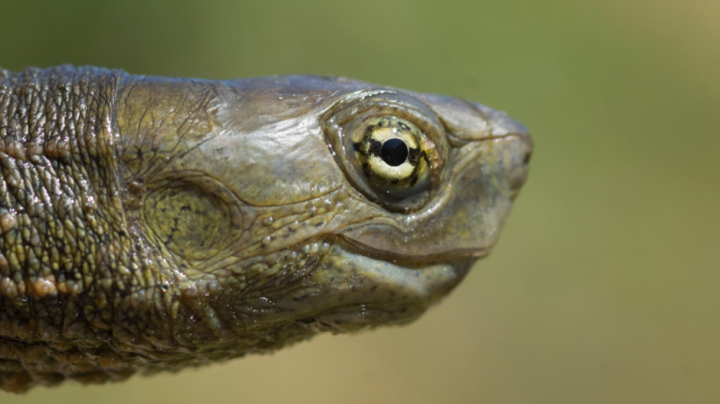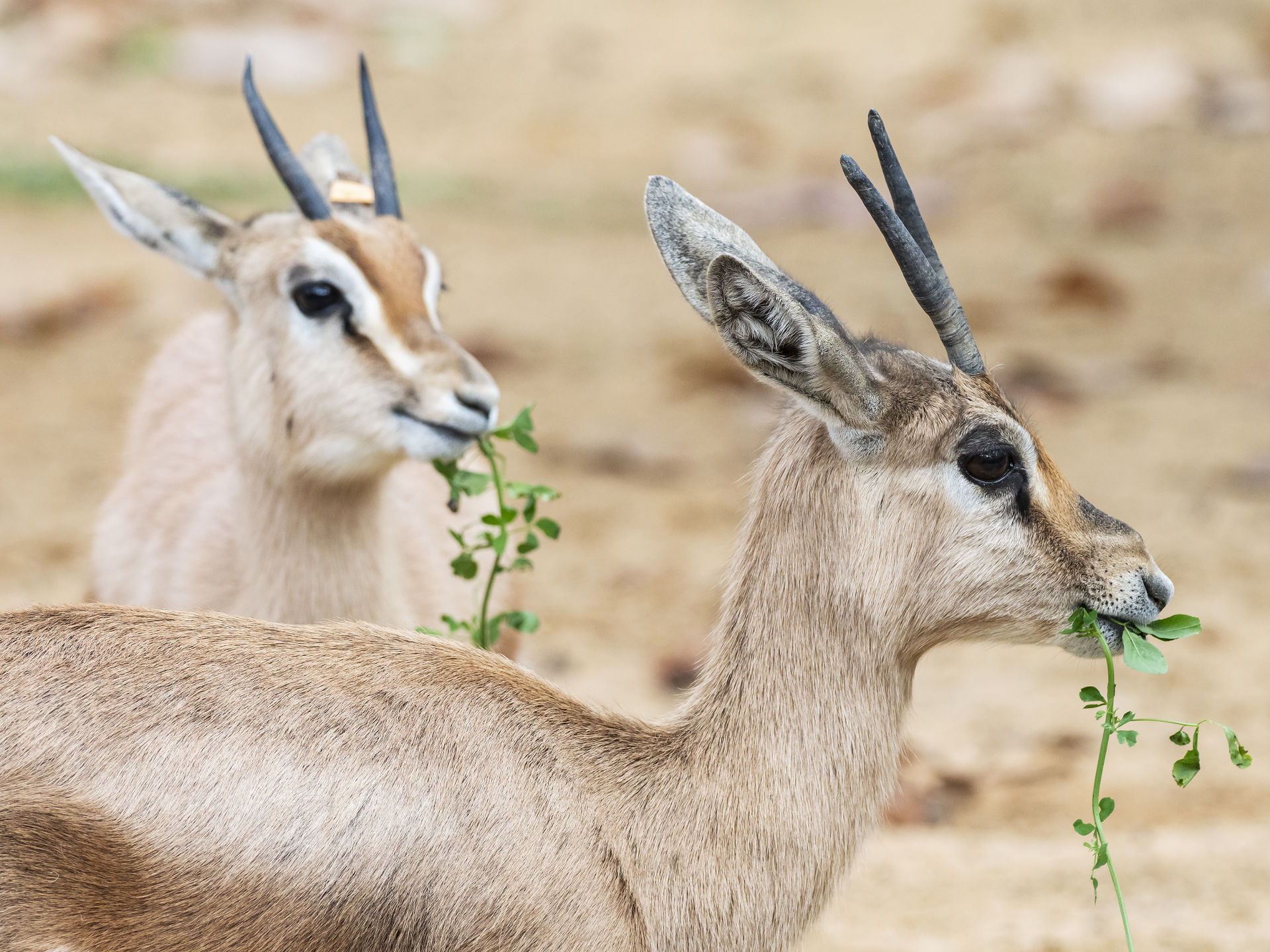
The main purpose of this project is to determine whether during the breeding in captivity of adult groups of tortoise and turtle species endemic to the Mediterranean basin (Testudo hermanni, Mauremys leprosa and Emys orbicularis), adults contribute equally to the next generation. Previous studies on other turtle species reveal that there are normally very few individuals that actually reproduce and this could end up affecting the viability of the populations with reintroduced individuals.
To attain our objective, paternity tests will need to be performed, which involves—for each species—a set of polymorphic molecular (microsatellite) markers, with a high enough resolution to attribute paternities with enough reliability, and then genotype the offspring. Genotyping is done using a very simple amplification technique using PCR with fluorescent marking. Given how little genetic information there is on this species, the project considers the possibility of developing new markers using mass sequencing techniques.
The results will lead to really identifying the number of each individuals in each breeding group that contribute to the next generation, and will indicate if there are typical breeding strategies among these turtles and tortoises (for example multiple paternities). Further, after paternities are assigned, it will be possible to design strategies to manage the groups in captivity in order to maximise the genetic diversity of the repopulated individuals, in order to guarantee the survival of these species in their natural environment.
The project will require biological samples to be taken in order to extract DNA and subsequent analysis of the markers. For adult breeding animals, routine health check-ups will be employed to obtain blood samples by puncturing the tail vein, which is commonly used in other turtle species with no negative consequences. For babies, non-invasive sampling will be done (saliva or flakes from the shell) to not interfere in their development.




